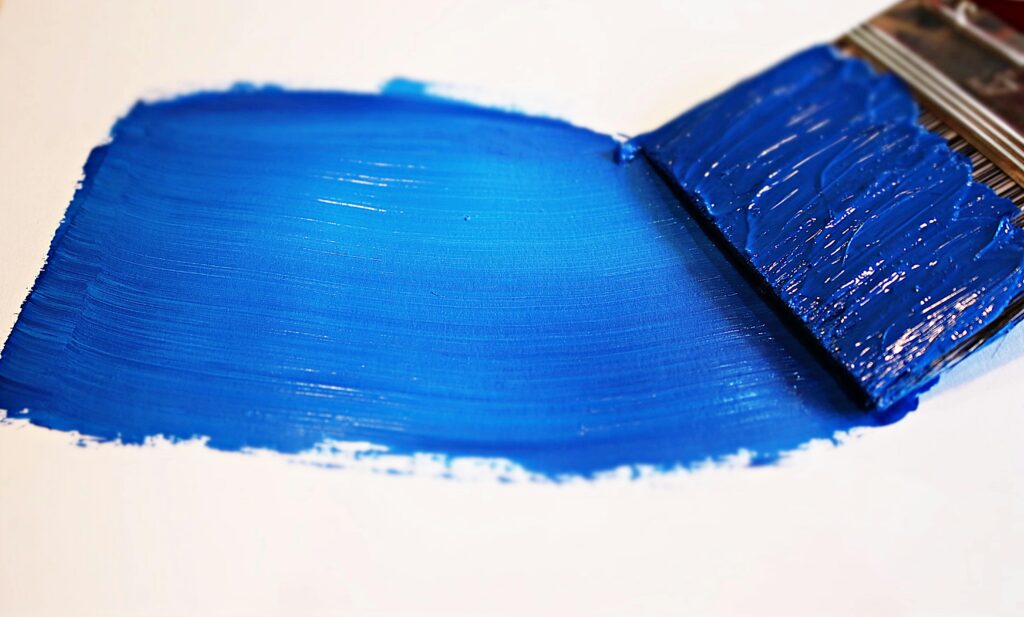
How to Paint Your RV
Painting your RV can breathe new life into an older vehicle and give it a fresh, updated look. Here’s how to paint your RV!
Step 1: Choose Your Paint and Tools
The type of paint you choose will depend on the material of your RV’s exterior. For aluminum or fiberglass RVs, automotive-grade urethane or acrylic enamel paint works best because it’s durable and weather-resistant. Avoid house paint, as it won’t withstand the elements.
In terms of tools, you’ll also need a high-quality primer, painter’s tape, a paint sprayer or roller, and drop cloths. A sprayer provides a smoother finish, while rollers are a more economical choice, especially for larger RVs. When selecting colors, remember that lighter shades reflect heat better, while darker shades give a sleeker, more modern look.
Step 2: Prepare the Surface
Preparation is key to a smooth and long-lasting paint job. Start by thoroughly washing the RV to remove any dirt, grease, or grime that could affect paint adhesion. Use a gentle detergent or RV-specific cleaner. Once the RV is clean, sand the entire surface with medium-grit sandpaper to create a slightly rough texture that helps the primer bond. Pay extra attention to any areas with rust or existing paint chips—these must be sanded down until smooth. After sanding, wipe down the RV with a tack cloth to remove dust and debris.
Next, mask off any areas that won’t be painted. This includes windows, trim, handles, and lights. Use painter’s tape and plastic sheeting or drop cloths to cover these areas completely, as even a tiny amount of paint overspray can be challenging to remove.
Step 3: Apply Primer
Priming is essential for achieving a uniform color and ensuring the paint adheres properly. Choose a primer suited to your RV’s surface material, such as a metal primer for aluminum exteriors or an epoxy primer for fiberglass. Apply an even coat of primer using a paint sprayer or roller. Work in sections to ensure complete coverage and allow the primer to dry according to the manufacturer’s instructions. This may take several hours or even overnight, depending on the product.
Once the primer is dry, inspect it for any areas that need touch-ups. Sand any rough spots lightly with fine-grit sandpaper, then wipe it down with a tack cloth again to remove any dust.
Step 4: Start Painting
With the primer dry and smooth, it’s time to apply the paint. Working in a well-ventilated area, apply the paint using long, even strokes with a sprayer or roller. Start from the top of the RV and work your way down, covering one side at a time. If you’re using a sprayer, hold it about a foot away from the surface and move in steady passes, overlapping each pass slightly for even coverage. Rollers should be used with similar overlaps to avoid streaks. Apply the paint in thin layers to avoid drips, and let each coat dry before applying the next. Most RVs will need two or three coats for full coverage.
Allow adequate drying time between coats as recommended by the paint manufacturer. This will help prevent streaking and ensure a smooth, durable finish. Patience is key—taking your time will result in a more professional-looking paint job.
Step 5: Apply a Clear Coat
A clear coat provides added protection and a glossy finish. Once the final coat of paint is dry, apply a clear urethane topcoat to seal the paint and add a layer of protection against the elements. Use the same application method as with the paint, working in even, overlapping strokes. A clear coat can also help maintain the color’s vibrancy over time and reduce the risk of UV damage. Allow the clear coat to cure fully, which may take 24 hours or more, depending on weather conditions and the product you use.
Step 6: Remove Tape and Clean Up
Once the clear coat is dry, remove all painter’s tape and drop cloths carefully. Be cautious around the edges to avoid peeling paint along with the tape. Inspect the RV for any missed spots or areas that may need touch-ups and apply paint to these areas as necessary. Once the paint has cured completely, wash the RV gently to remove any remaining dust or residue from the painting process.
Maintenance Tips for Your New Paint Job
To keep your RV looking its best, wash it regularly with a gentle cleaner and avoid abrasive materials that could damage the paint. Waxing the exterior a few times a year can help maintain the paint’s shine and provide added protection. Keeping the RV covered when not in use is also a great way to protect the paint from prolonged sun exposure and weather elements, extending the life of your new paint job.
Painting your RV can transform its appearance and protect it from the wear and tear of the road. With proper preparation and patience, you can achieve a professional-looking finish that makes your RV look great and protects it for many more adventures to come. Whether hitting the open road or setting up camp, a fresh coat of paint will make your RV feel like new again.
We Can Help You!
RV Awnings specializes in making awning fabric of the highest standard and offers a variety of options. If you have further questions or want to order replacement fabric for your awning, call us today.
